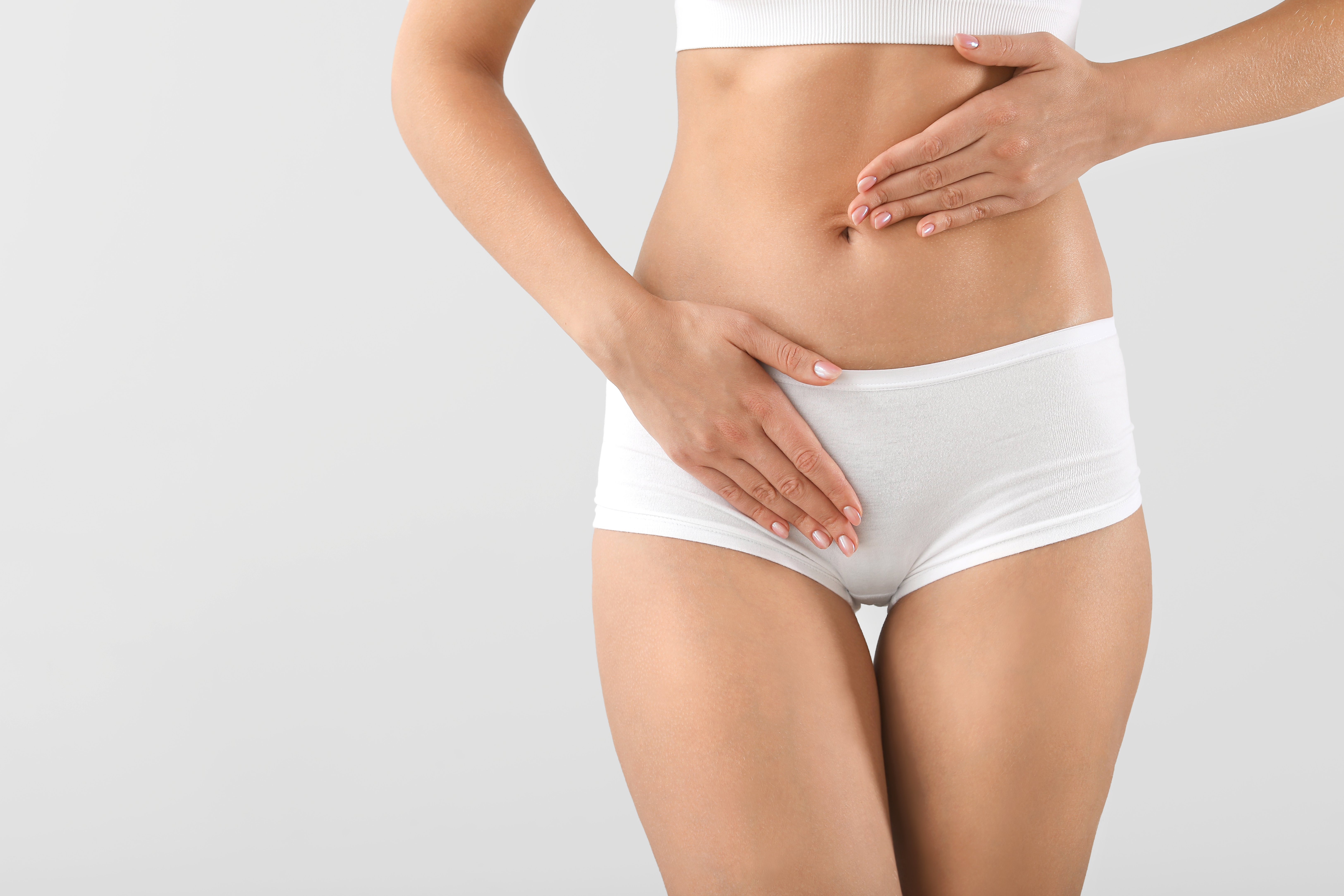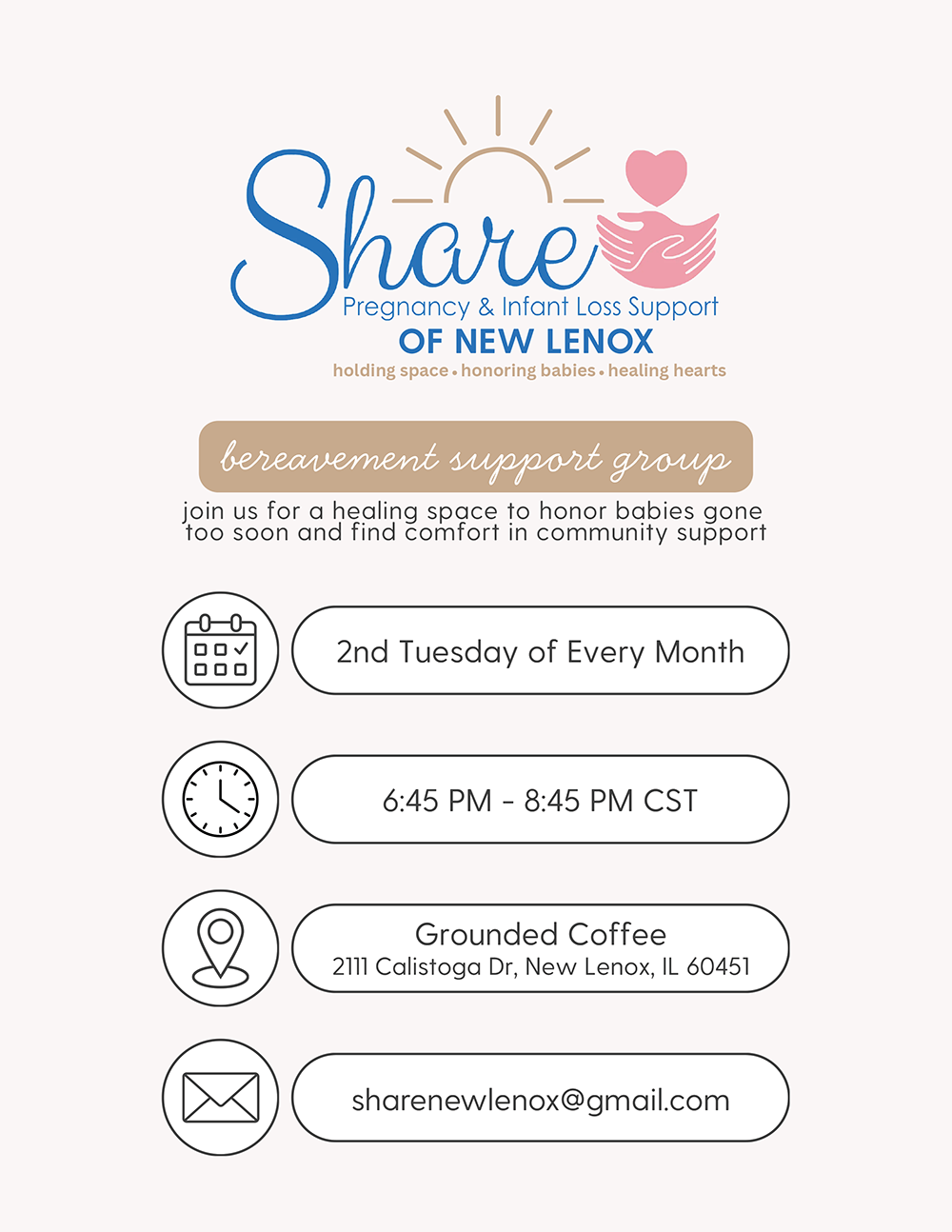
The menstrual cycle occurs when female hormones cause periods or regular bleeding. Though it occurs solely in women, their experiences are not all similar. While some have regular periods, others may have menstrual problems like heavy bleeding.
The monthly cycle helps prepare a woman’s body for carrying a baby. Before you get pregnant, the hormones in your body communicate with the uterus, making it shed its lining.
Menstrual Cycle Phases
The average length of most women’s menstrual cycle is 28 days. It begins from the first day that blood oozes from the vagina and follows four main phases. These are:
Menstrual (1st)
It lasts for five days, beginning from the first day of menstruation. First, your uterus sheds mucus, the inner lining of blood vessels, and soft tissue through the vagina as menstrual fluid. The regular amount of blood you lose may be between 10 to 80 milliliters.
During this time, you can have abdominal cramps from the contraction of the abdominal and uterine muscles. They do so to aid in the expulsion of the menstrual fluid.
Follicular (2nd)
The follicular part of the cycle starts from the first day of menstruation and stretches to the 13th day. During this time, your pituitary gland secretes hormones that stimulate the growth of egg cells in your ovaries. One of them will take 13 days to mature in a saclike follicle. As this happens, a hormone from it encourages your uterus to grow an endometrium.
Ovulation (3rd Phase)
The ovulation phase occurs when the mature egg leaves the ovary. Next, it travels through your fallopian tube with the help of the cilia of the fimbriae, heading for the uterus. The entire process happens on the 14th day of your cycle or around two weeks before the next period.
Fimbriae are fingerlike growths that sit at the edge of the fallopian tube. Cilia, on the other hand, look like minute hairs that protrude from each fimbria.
It is advisable to take sexual precautions since you can get pregnant on this day or five days before the event. The likelihood is higher in the three days preceding ovulation. Once the egg leaves the ovary, it remains viable for 24 hours, hence the risk of pregnancy during this grace period.
Luteal (4th)
The luteal part of the cycle lasts from the 15th day to the 28th. It may also last until the end. During this period, the egg that remains unfertilized by sperm disintegrates. The hormone that stimulates the endometrium breaks down by the conclusion of this phase. This marks the beginning of your next menstrual cycle.
When to Consult a Doctor
Some incidences during your period may require medical intervention. These include:
Bleeding after sexual intercourse
Fluctuating period patterns
Irregular bleeding between periods
Increasingly heavier periods may cause you to change your tampon or pad more often
You may have chronic pain that hampers your daily activities
Periods lasting more than eight days
Menstruation cycles that occur less than 21 days apart
Talk to your obstetric gynecologist if you experience any of these symptoms.
For more information on the phases of the menstrual cycle, visit Partners in Obstetrics & Women’s Health in New Lenox, Illinois. Call (815) 240-0554 to schedule an appointment today.









